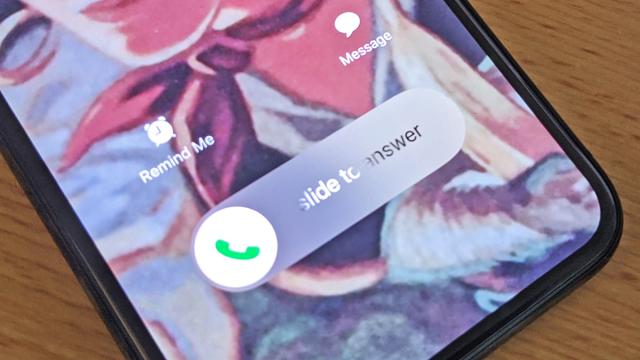We could all use a break from the constant flurry of phone notifications that roll in every day, but there’s always the worry that we’re going to miss something important—an urgent call from a family member, maybe. The answer is Do Not Disturb, which will block incoming alerts from everyone except a select few contacts.
Both iOS and Android are set up to manage this, though they handle the Do Not Disturb mode slightly differently, as we’ll explain below. Notifications from other apps and other people still come through silently in the background, but calls from a special person (or two) will still make your phone ring as normal.
The Do Not Disturb modes in iOS and Android primarily deal with calls and texts, but don’t forget the notification options inside your individual apps too—you can mute threads in WhatsApp and Facebook Messenger, for example, giving you more control over who’s able to get your attention and who isn’t.
Do Not Disturb doesn’t block incoming calls and text messages, it just mutes them and pushes them to the background—check your notification list to on iOS or Android to see who’s been trying to get in touch with you besides your priority contacts.
iOS
If you only want one or two people to be able to disturb you, first you need to add these people to a special Favourites list: Open the Phone app, tap Favourites, then tap the Plus button in the top-left corner to pick out the contacts in question.
Alternatively, you can create your own contacts group, but this needs to be done via iCloud on the web rather than on your phone. Click the Plus button at the bottom of the screen, then New Group, then give the group a name. Contacts can be dragged and dropped into the group to add them, and the group is then synced across all your Apple devices.
With your priority contacts picked, you can then dive into Do Not Disturb in Settings on your iPhone: The Do Not Disturb mode can be enabled manually via the top toggle switch or automatically at certain times via the Scheduled option (Do Not Disturb can be enabled and disabled at the same times each day).
The Allow Calls From option is the key to letting certain contacts through and not others—tap on it and you can pick either Favourites or one of the groups you’ve created through iCloud. Anyone included in your specified list will still be able to call you when Do Not Disturb is active.
Calls from other contacts still show up in the Notification Centre, but they won’t make your phone vibrate or ring, and they won’t light up the screen if your phone is locked (or appear as a pop-up alert if it isn’t). Texts and other messages come through silently too, no matter who they’re been sent by.
Android
Do Not Disturb works a little differently on Android. From Settings, tap Sound, then Do not disturb. Tap Turn on now to enable the mode manually, or use the Schedules option to set up certain times of day when Do Not Disturb is enabled (you can set multiple sets of quiet hours in a single day, and vary the timings on each day of the week).
Tap Calls, then Allow calls, then From starred contacts only to tell Android to let these contacts through the Do Not Disturb fence—you can tap Starred contacts then Add starred contacts to add people to this list. The process is the same for texts, just tap SMS, MMS and messaging apps and choose From starred contacts only.
You can actually tweak these settings to match particular schedules, so certain people are allowed to interrupt you at mealtimes and certain people are allowed to interrupt you at night. Tap Schedules from the Do Not Disturb screen, then the cog icon next to a schedule, then Do Not Disturb behaviour and the cog icon next to Create custom settings for this schedule.
Android even lets you decide how call and text notifications from ‘blocked’ contacts appear—whether these notifications wake up the screen, appear as dots on the relevant app icon, and so on. From the Do Not Disturb menu, tap Restrict notifications to set this. Calls and texts from contacts not in your priority list won’t make a sound or vibrate your phone no matter what settings you use.
Android only lets you set one group as the exception to the Do Not Disturb rule—starred contacts—but it does give you more flexibility than iOS in terms of the hours of the day that Do Not Disturb is automatically enabled, and in terms of how calls and texts are handled during those times.
